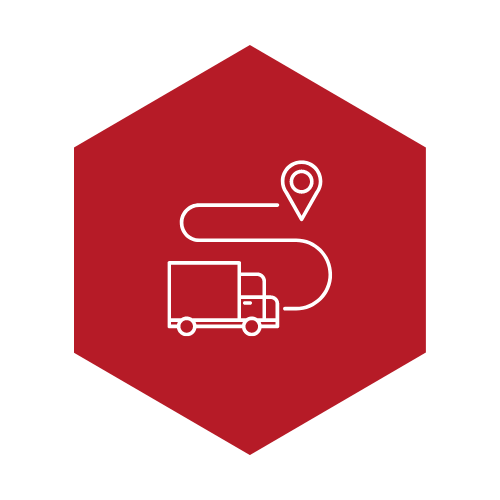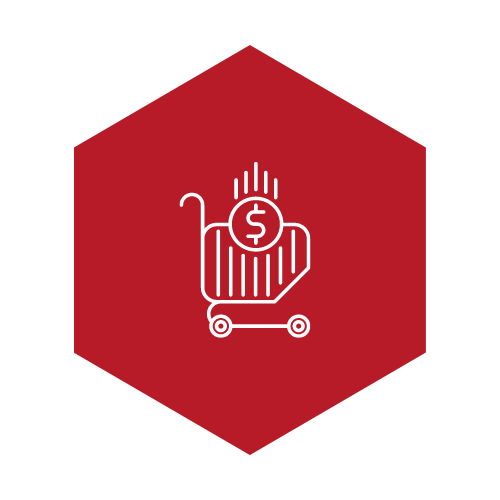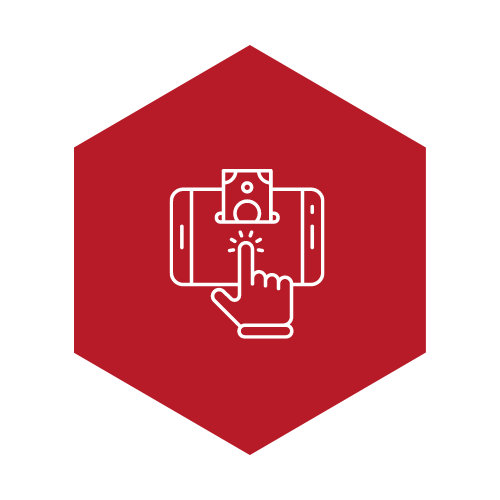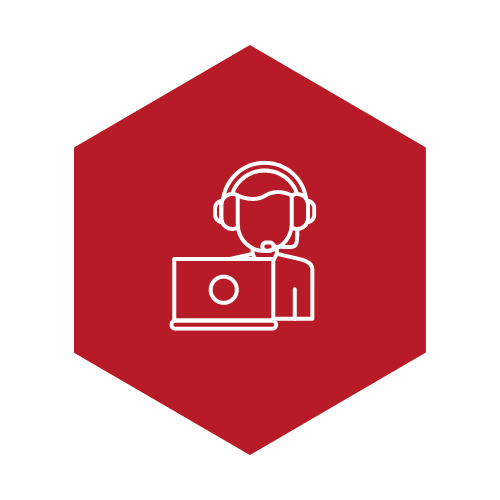3D Printing has grown exponentially. It’s now used in various fields and industries to produce various objects. It can presently be undertaken within the confines of one's residence. But these incredible feats are not possible without a 3D printer. To get into 3D Printing, you must first know about these printers.
Find out more about 3D Printing by learning more about 3D printers in this article. Learn everything, including how they work and their common applications. Discover some of the latest models in the market to kickstart your shopping journey.
What Is a 3D Printer?
3D Printing is an additive manufacturing process for three-dimensional objects. This process involves laying down successive layers of materials until an object is created. The primary apparatus employed throughout this entire procedure is the 3D printer.
3D printers use digital files to create 3D objects from various materials. This includes polylactic acid, carbon fiber, plastic, and metal. These materials enable the Printing of diverse and customized items. They have the ability and capacity to turn digital files into actual objects. Many prefer to use them than to buy an actual product from a store because of these common reasons:
- Better quality
- Faster production
- Cheaper
- Customizable
- Product testing
3 Most Common Types of 3D Printers
Three common types of printers are widely used, and they use slightly different methods for 3D Printing.
SLA Printers
These are stereolithographic printers with lasers that transform liquid resin into plastic.

SLS Printers
These are selective laser sintering printers with lasers that sinter polymer powder particles into a solid structure.

FDM Printers
These are the most common fused deposition modeling printers. They release thermoplastic filaments that are melted with a hot nozzle to form objects layer by layer.

How Does It Work?
3D Printing is a computer-aided process, which means 3D printers are used with computers. The procedure follows: the printer meticulously crafted an object in successive layers. A material is consistently applied until the ultimate design is achieved in this process. There are three steps involved in this process:
3D Modeling
Aside from a 3D design, you need a printable file to use, and it has to be designed in 3D modeling software. CAD software and other software tools are used for this. They can create detailed models. With modeling, printers can customize any object down to the tiniest detail. Software tools will export these models into a printable file format, such as .STL or .OBJ.
Slicing
The next step is to prepare the file for the 3D printer—to “slice” it. These printers cannot conceptualize the concept of three dimensions. The models must be sliced into hundreds or thousands of layers so the printer can print them.
The software will scan each layer and help the printer's movements to recreate that layer. The printers are told where to “fill” a model to help them shape and strengthen the object. Once a 3D model is sliced, you can feed it to a 3D printer.
3D Printing
A 3D printer acts like a traditional inkjet printer during Printing. Its nozzle moves back and forth while dispensing a material layer by layer. You can think of these layers as 2D prints. A 3D printer adds hundreds or thousands of these prints on top of each other until it completes the designed 3D object.
Common Areas of Applications of 3D Printing and Printers
There is a wide variety of industries where a 3D printer is used. The most common applications of 3D Printing include.
Engineering

3D Printing and printers allow different specific engineering fields to create functional prototypes. They can even produce actual products for their projects. This is because they are the most cost and time-efficient regarding product development.
For instance, Printing walls is possible in construction with a 3D printer. Common parts like the turbine center frame are printed in other fields, like aeronautics.
Product Design

Designers use printers to turn their ideas into physical models. This allows them to make quicker and more efficient product development. It doesn’t matter if it’s for educational or manufacturing purposes. In a matter of days, concepts can be turned into prototypes where designers can check the shapes, geometries, and sizes all they want.
Prosthetics

A 3D printer can now be used to improve the prosthetic production process. The technology will allow prosthetics to be custom-tailored to each patient and be made faster and cheaper. One example is how the GE Additive produced about 10,000 hip replacements using 3D Printing from 2007 to 2018.
Research

Researchers can now innovate by creating accurate 3D models or parts. The innovative capability of a 3D printer allows them to improve and update existing services, products, and designs. This is essential for meeting the increasing demands of the market. Researchers can manipulate parameters and develop new concepts using various materials and designs. This enables rapid experimentation and innovation in the research process.
Fashion

3D Printing can be done during the creative process, prototyping, or to produce clothing materials. From dresses and jackets to accessories and jewelry, a 3D printer has many uses. It can significantly expand the creative possibilities and ideas for designers. An excellent example is how Zer, a clothing brand, uses and experiments with designs and opportunities made from 3D Printing.
Overview: Latest 3D Printer Models
For your reference, here are some of the latest models available in the market:
MakerBot Sketch 3D Printer: This is an affordable printer ideal for educational use to introduce 3D printing in a related curriculum. It has certifications and lesson plans for more interactive design projects and better student engagement.
Snapmaker J1S High Speed IDEX 3D Printer: This high-speed printer can produce high-resolution prints. It features 10,000mm/s acceleration and a 350mm/s print speed.
Artillery Sidewinder X3 Pro: This is an affordable 3D printer that's easy to use and boasts a colorful touchscreen system that you can use to print large volumes of 3D objects.
Conclusion
3D printers offer a more innovative and efficient way to produce a wide range of objects and products. No matter the field they’re used in and the designs they create, they make processes and studies easier. This applies to various industries, such as food, aviation, and architecture. If you want to produce prototypes for a project you’re working on or are simply interested in 3D Printing, get your 3D printer for the best results.




















